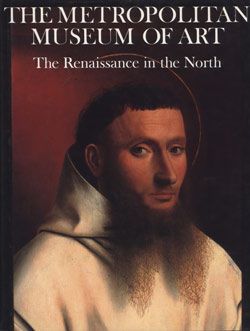The Twelve Ages of a Man: The Second Three Ages (18-36), or Autumn
Probably after a design by the Workshop of Bernard van Orley Netherlandish
Not on view
This is the third in a set of four tapestries illustrating the life of a man as divided into twelve periods of six years. Bacchus, in the center, stands for the autumn of life; the symbols and occupations of three months, July, August, and September, represent the years from ages 36 to 54. The stories show the centaur Chiron sharing his knowledge by teaching medicine to the young Aesculapius; Joseph directing the gathering of the harvest in anticipation of the lean years to come; and Hercules gathering the golden apples of the Hesperides, the last of his twelve labors.
Due to rights restrictions, this image cannot be enlarged, viewed at full screen, or downloaded.





